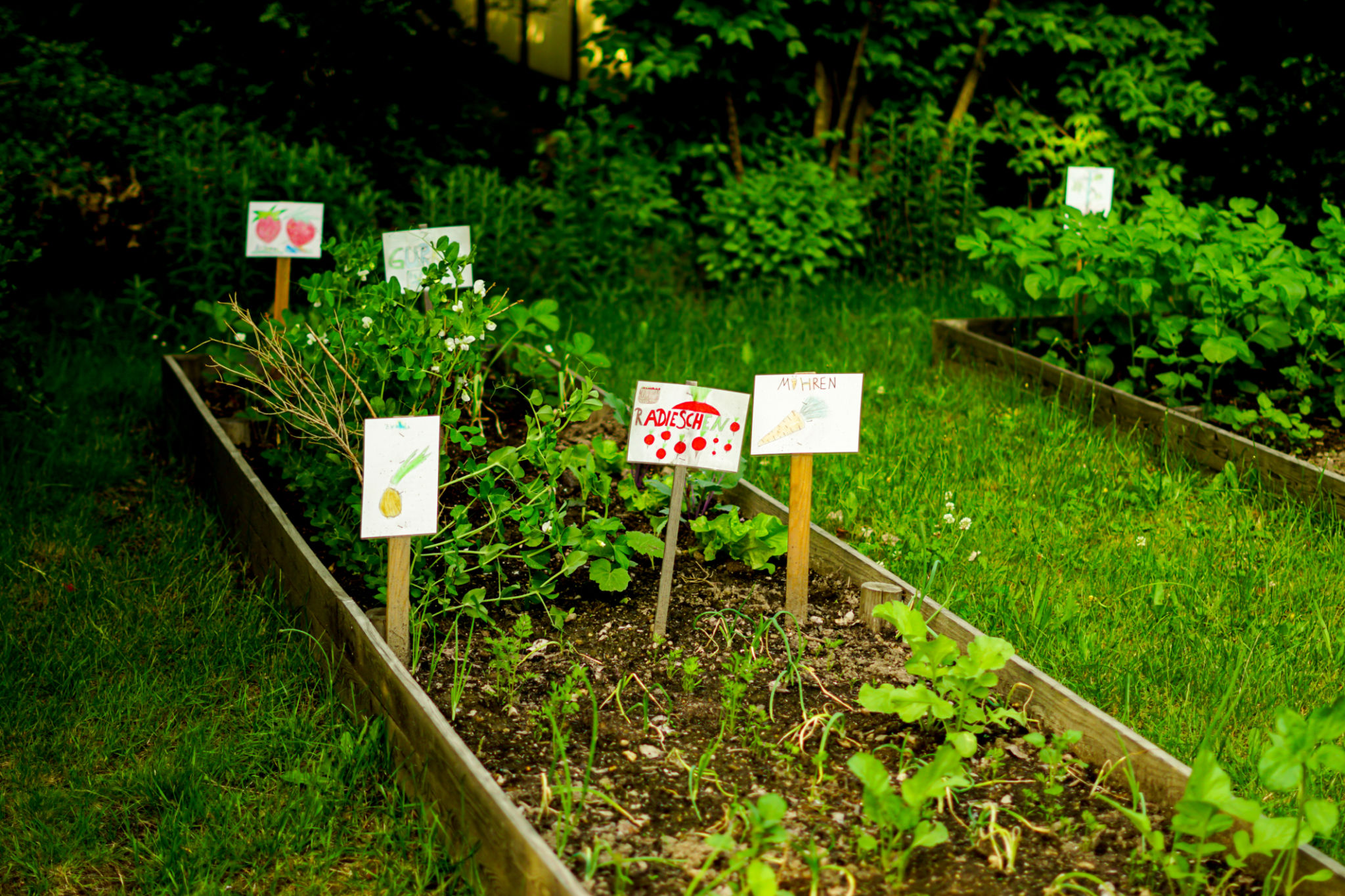How to Start a School Garden in Savannah: A Step-by-Step Guide
Introduction to School Gardening
Starting a school garden in Savannah is an enriching experience that combines environmental education with hands-on learning. This guide will walk you through the steps necessary to set up a thriving garden that not only benefits students but also engages the community.

Getting Started: Planning Your Garden
The first step in creating a school garden is to plan carefully. Consider the available space, access to sunlight, and proximity to water sources. Involve students and faculty in the planning phase to foster a sense of ownership and excitement. It's also essential to decide on the type of garden, whether it's vegetable, herb, or a mix of both.
Selecting the Right Location
Choose a location that receives at least 6-8 hours of direct sunlight each day. The area should have well-draining soil and be easily accessible for students and teachers. If soil quality is a concern, consider using raised beds or containers. Keep in mind that Savannah's climate is warm and humid, which makes it ideal for a variety of plants.

Gathering Resources and Materials
Once you have a plan in place, it's time to gather materials. You'll need gardening tools like shovels, trowels, and watering cans. Consider reaching out to local businesses or community organizations for donations or discounts on supplies. Compost and organic fertilizers are also essential to enrich the soil and promote healthy plant growth.
Choosing Plants for Your Garden
Selecting the right plants is crucial for the success of your garden. Opt for native species or those well-suited to Savannah's climate. Vegetables like tomatoes, peppers, and cucumbers thrive in warm weather, while herbs such as basil and mint add diversity. Involve students in choosing plants to learn about different species and their benefits.

Engaging Students and Teachers
A school garden is a fantastic educational tool that can be integrated into various subjects, from science to art. Organize regular gardening sessions where students participate in planting, maintaining, and harvesting crops. Encourage teachers to incorporate garden-based lessons into their curriculum to provide practical learning experiences.
Creating a Maintenance Schedule
Regular maintenance is crucial to keep the garden thriving. Develop a schedule for watering, weeding, and checking for pests. Assign tasks to different classes or groups to ensure that responsibility is shared. This not only keeps the garden healthy but also teaches students about teamwork and responsibility.

Building Community Involvement
A school garden can serve as a hub for community engagement. Host events such as garden tours, workshops, or harvest festivals to involve parents and local residents. Collaborating with local gardening clubs or agricultural experts can provide valuable knowledge and support.
By following these steps, you can create a successful school garden in Savannah that serves as an educational resource and a vibrant community asset. Embrace the opportunity to teach students about sustainability, nutrition, and the joys of growing their own food.